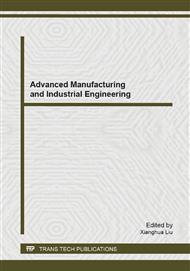p.407
p.411
p.415
p.419
p.423
p.427
p.432
p.437
p.441
Application of Improved Genetic Algorithm in Optimum Configuration of Viscous Dampers in Tall Buildings
Abstract:
In this paper, genetic algorithm is improved by relative fitness, offspring testing method and optimum reserve strategy. An optimum configuration method of viscous damper in tall buildings was presented. This method has strongly practicable in complicated optimization problem of viscous dampers involving many dampers and stories, large design space and lots of optional configuration schema which cannot be solved by exhaustive method. It is used to optimize the configuration of viscous damper in a 30 layers building. Numerical examples demonstrated the efficiency and applicability of the proposed method.
Info:
Periodical:
Pages:
423-426
Citation:
Online since:
August 2014
Authors:
Price:
Сopyright:
© 2014 Trans Tech Publications Ltd. All Rights Reserved
Share:
Citation:


